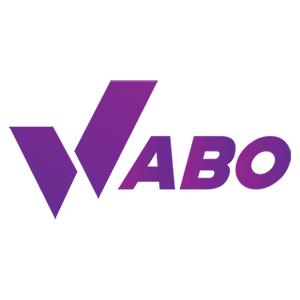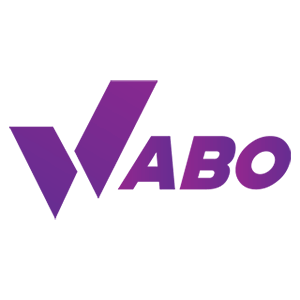Enhancing Transparency and Accountability in the Modern Age
In today’s world, where information flows freely and rapidly, the need for transparency and accountability has never been more crucial. Organizations and institutions across various sectors are constantly under scrutiny by the public, stakeholders, and regulatory bodies to ensure that their operations are conducted ethically and responsibly. In this article, we will delve into the importance of enhancing transparency and accountability, the challenges faced in achieving these goals, and the strategies that can be implemented to foster a culture of openness and integrity.

The Significance of Transparency and Accountability
Transparency and accountability are the cornerstones of trust in any organization or institution. When stakeholders have access to accurate and timely information about the inner workings of an entity, they can make informed decisions and hold the leadership accountable for their actions. Transparency builds credibility and fosters a sense of trust among employees, customers, investors, and the wider community. It also serves as a deterrent against corruption and unethical behavior, ultimately leading to improved performance and sustainable growth.
Challenges in Achieving Transparency and Accountability
Despite the clear benefits of transparency and accountability, many organizations face significant challenges in implementing and maintaining these principles. One of the main obstacles is the reluctance of some leaders to disclose sensitive information or admit to mistakes, fearing negative repercussions. Additionally, complex organizational structures, outdated systems, and competing priorities can hinder efforts to establish transparent processes. Furthermore, the rapid pace of technological advancement presents new challenges in safeguarding data privacy and security, requiring constant vigilance and adaptation.
Strategies for Fostering Transparency and Accountability
To overcome these challenges and promote a culture of transparency and accountability, organizations must adopt a multi-faceted approach. This includes developing clear policies and procedures for reporting and disclosing information, establishing independent oversight mechanisms, and providing regular training on ethical conduct and compliance. Embracing technology solutions such as blockchain and AI can enhance transparency by ensuring the integrity and traceability of data. Moreover, fostering open communication channels and encouraging feedback from all stakeholders can create a culture of accountability that permeates throughout the organization.
Conclusion
In conclusion, enhancing transparency and accountability is not just a moral imperative but a strategic necessity for organizations looking to thrive in the modern age. By prioritizing openness, honesty, and integrity, entities can build trust, mitigate risks, and drive long-term success. While the road to transparency may be challenging, the rewards far outweigh the costs. By committing to a culture of transparency and accountability, organizations can secure their reputation, inspire confidence, and contribute to a more ethical and sustainable future.




